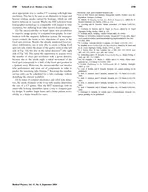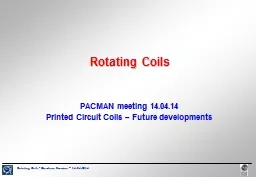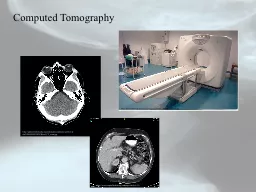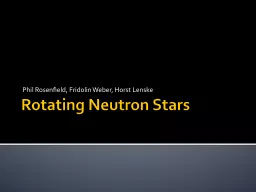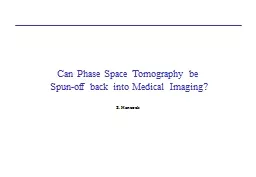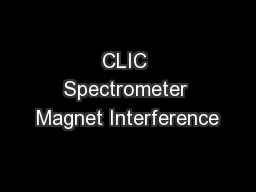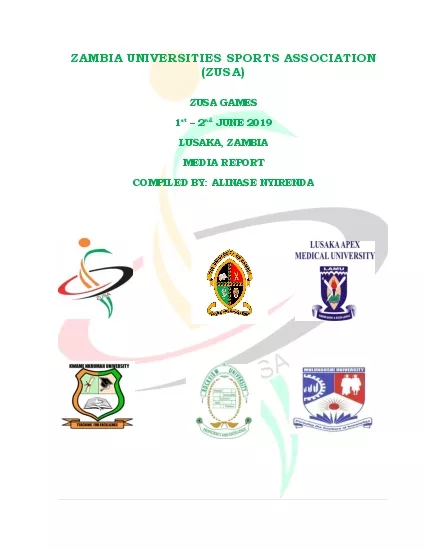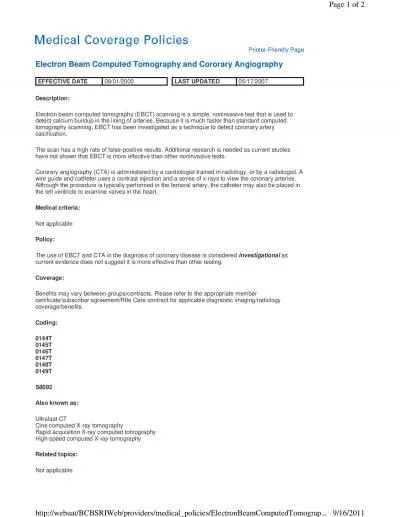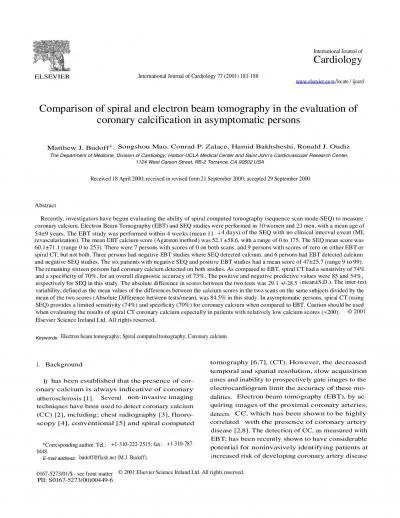PDF-New xray tube performance in computed tomography by introducing the rotating envelope
Author : phoebe-click | Published Date : 2014-12-26
We report on a new tube technology satisfying all these demands by making use of a novel cooling principle on one hand and of a novel beam control system on the
Presentation Embed Code
Download Presentation
Download Presentation The PPT/PDF document "New xray tube performance in computed to..." is the property of its rightful owner. Permission is granted to download and print the materials on this website for personal, non-commercial use only, and to display it on your personal computer provided you do not modify the materials and that you retain all copyright notices contained in the materials. By downloading content from our website, you accept the terms of this agreement.
New xray tube performance in computed tomography by introducing the rotating envelope: Transcript
Download Rules Of Document
"New xray tube performance in computed tomography by introducing the rotating envelope"The content belongs to its owner. You may download and print it for personal use, without modification, and keep all copyright notices. By downloading, you agree to these terms.
Related Documents

